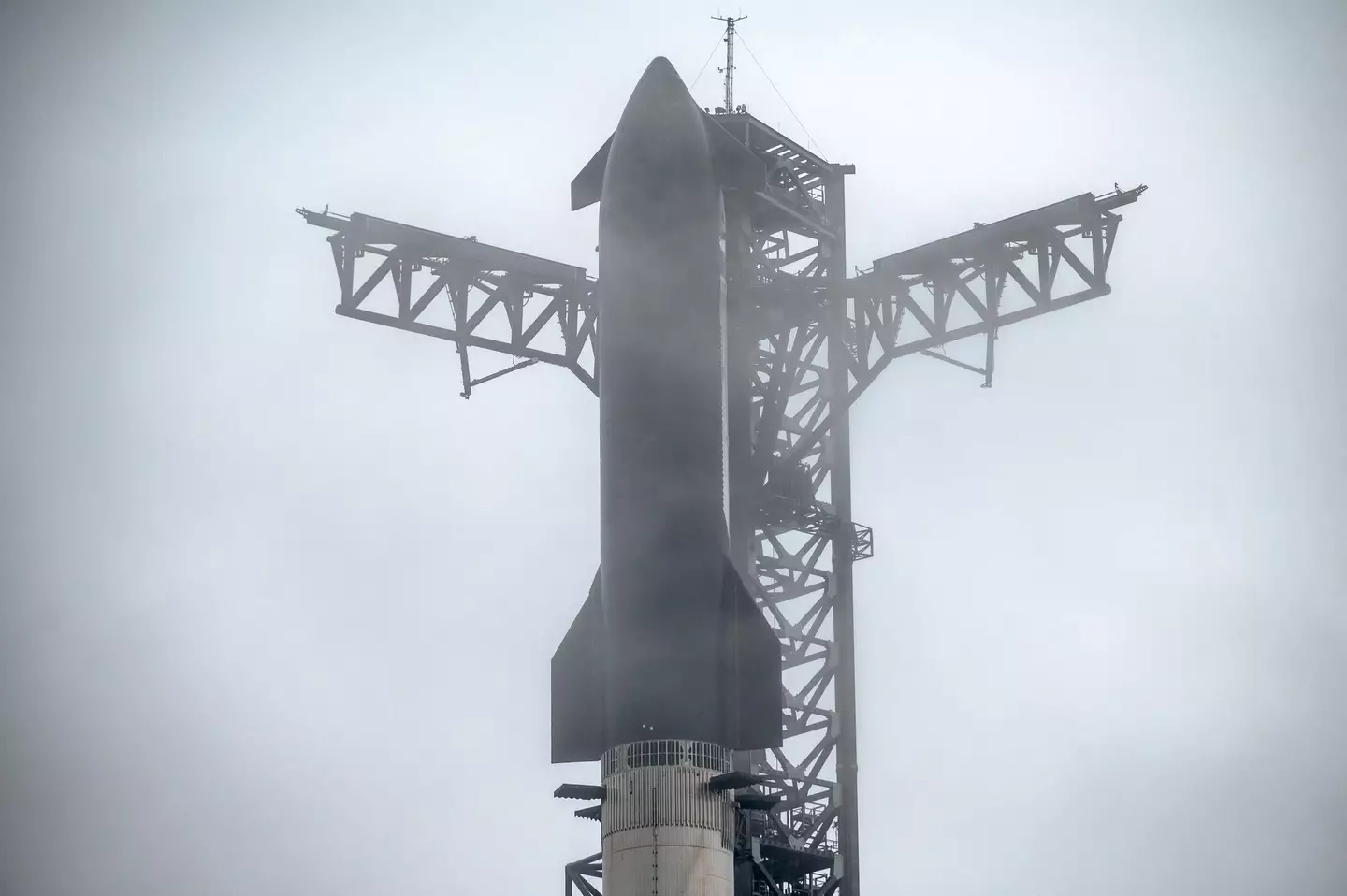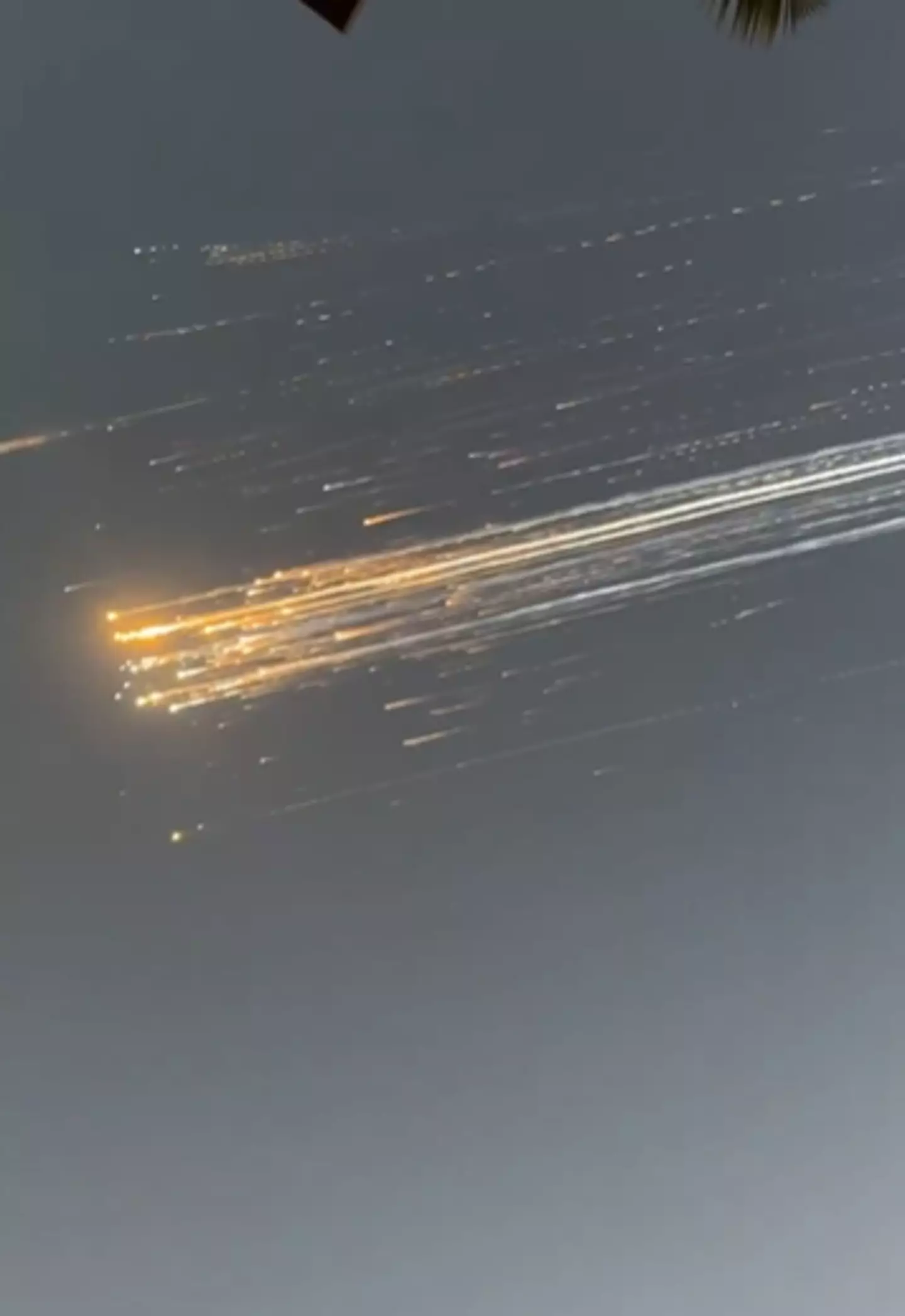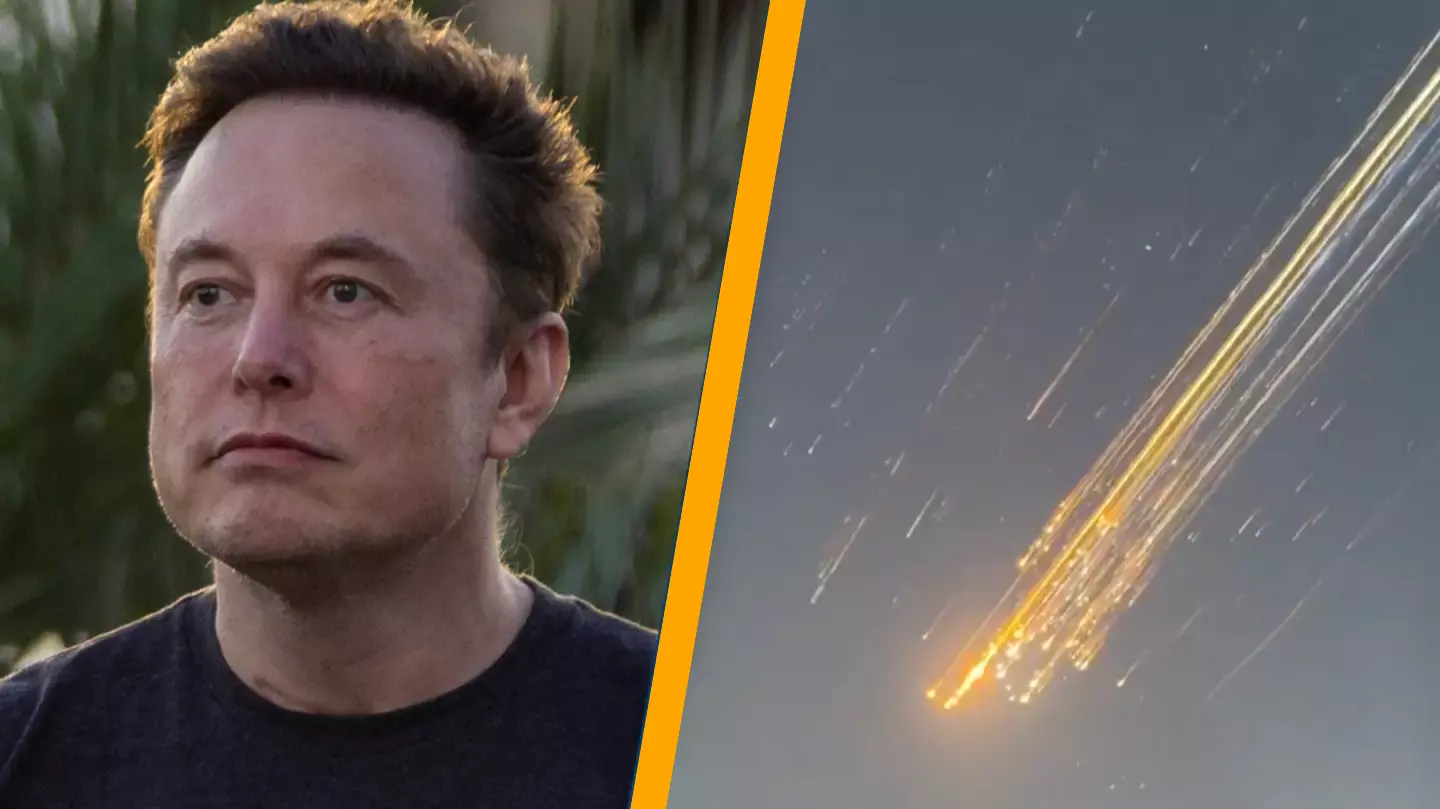Authorities are examining reports of property damage following the explosion of a SpaceX Starship vehicle in the sky.
In collaboration with Turks and Caicos government officials, U.S. regulators are assessing the debris fallout after the incident over the ocean.
The explosion occurred during a test mission on Thursday, January 16, as reported by the Federal Aviation Administration (FAA). A statement issued by the FAA and Turks and Caicos officials on Friday confirmed that there were no injuries.
The SpaceX vehicle broke apart during its seventh uncrewed test flight, launched from South Texas.

Due to the falling debris, the FAA established a ‘Debris Response Area’, causing disruptions in travel as aircraft had to reroute around the zone.
Images and videos circulated rapidly on social media, depicting bright orange streaks as fragments descended from the sky.
The Turks and Caicos National Security Secretariat announced that the ‘Turks and Caicos Islands Airport Authority diverted all flights in (Turks and Caicos Islands) airspace as well as grounded all flights until an all-clear had been given’.
As the inquiry progresses, flights involving the spacecraft and rocket will be halted, a standard procedure during a ‘mishap investigation’.
SpaceX will head the investigation, while the FAA will provide a list of corrective measures the company must take before resuming Starship tests.
The Turks and Caicos government stated it had met ‘with relevant partners in the United Kingdom, including the UK Space Agency, who are supporting the post-incident response, including technical expertise on the handling of debris, health and safety risks, protocols, and procedures’.
Jonathan McDowell, an astrophysicist and astronomer with the Harvard-Smithsonian Center for Astrophysics, informed CNN that the vehicle likely exploded ‘over Bahamas, (with) debris passing over Turks and Caicos a couple minutes later at ~120 km altitude (~75 miles)’.
In light of the debris, authorities advised against handling any pieces found and urged contact with relevant officials.
Dr. Benjamin Fernando, a postdoctoral fellow in the Earth and planetary sciences department at Johns Hopkins, also indicated to CNN that sonic booms from the debris could have caused minor local damage.
He explained: “This event was over one of the most populated areas in the Caribbean, with one of the largest things we’ve ever seen re-enter the atmosphere.

“So if (sonic boom property damage) is going to happen, it’ll be an event like this that does cause it.”
Noting potential harm to items like windows and roof tiles, he emphasized that the booms aren’t strong enough to destroy homes.
During Thursday’s test flight, SpaceX’s San Huot and Kate Tice, who hosted the webcast of the flight, observed that initial stages were proceeding as expected until an engine failure occurred, followed by five more engines going offline.
Ten minutes later, contact with the Starship spacecraft was lost.
Following the incident, Elon Musk addressed the issue on Twitter, downplaying it as merely a ‘bump in the road’.
He stated: “The booster flight was a success, the ship flight was 1/4 successful, hence cup being ~5/8 full.
“New ship forward flaps, higher thrust engines, and tile adherence on ascent were tested.
“Improved heat shield performance was the only major thing that wasn’t tested, along with the “Pez” payload dispenser. Probably solved in next month’s launch.
“The 9-meter diameter version of

